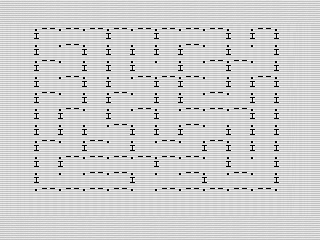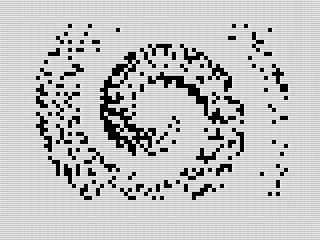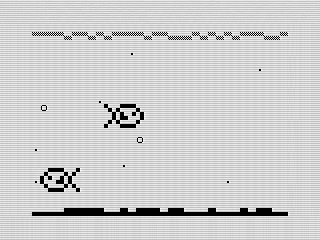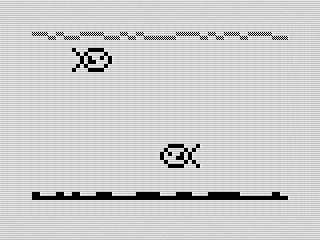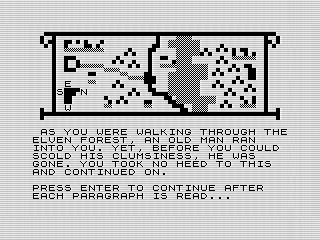We took a road trip early in the spring to Twin Falls to see Shoshone Falls. Known as the Niagara of the West, Shoshone Falls is quite a show and definitely worth the trip. We picked a time of year when we knew the falls would be at their fullest. We were drenched with mist getting out of our cars. Although not the best photo I took of the waterfalls, it captures the power of the water rushing over the ledge. A spectacular sight that I felt made a great top image for my blog.
Getting Creative with Custom Print Formatting on the ZX81
My ZX81 programming has taken a back seat of late as I focused on other activities. Whether family, work, or the latest video game update, I haven’t put as much effort into finishing projects. For this month, I decided to focus on tackling an interesting problem, emulating the PRINT USING command.
Making a Better Maze Display for the ZX81 Computer
Soon after sharing my Maze Generator for the ZX81, it was obvious that something didn’t quite click. I got a few comments about the maze didn’t work or that didn’t look right. It was clear the '70s style teletype display wouldn’t cut it. Fortunately, I could fix that.
Crafting Mazes for the ZX81
Something I’d been itching to do is write a maze generator. Even though they seem simple enough, for some reason, I struggled to code one. With so many different algorithms out there, the sheer number of choices can be overwhelming. It wasn't until I took a vacation that my mind settled down enough for me to finally tackle the task.
Crafting Black Hole Graphics on the ZX81
I had forgotten about this Black Hole program until I ran across it while cleaning up some directories. It is a conversion, not an original, program that was shared on one of my BASIC forums. It doesn’t look quite as good as the original, but it was interesting to see what the ZX81 could do with its simplistic graphics.
ZX81 Aquarium Makeover—Revamping Kimmie Fish in Assembly
While on vacation, I spent some relaxing time converting my Kimmie Fish BASIC program into something a bit more interesting. In addition to the normal speed improvements, I wanted to give it an aquarium like feeling with bubbles and depth. No color here, this is all stock ZX81 graphics. Only thing needed is the requisite 16K memory pack.
How I Made a Kimmie Fish Swim on the ZX81
Reading posts in the BASIC group I follow, I was I was inspired to write my own version of the kimmie fish animation for the ZX81 computer. It was such a cute animation that I had to see if I could replicate it. Although not quite the same as the original, the spirt is there.
Retro Festivities Abound in Creating a Christmas Scene on the ZX81
For December, I decided to embrace the Christmas spirit. Inspired by group posts, I created a Christmas tree and snow scene. It needed a little flair, so I added an animated message to the scene. Very retro program for my ZX81.
Using Generative AI to Create Lunar Equestrian Dreams
Funny enough, I'm still having a surplus of fun creating AI art. Between challenges and random ideas, it's been quite a year. I love reading articles and seeing what other creative minds come up with. Reading "This AI Tool Combines Stable Diffusion's Level of Control and Midjourney's Image Quality — It's Called Distillery," by Jim Clyde Monge, I was intrigued by some of his images and thought I'd give it a whirl with my own whimsical prompt.
ZX81 Prototype: Echoes from the Tower of Love
I've talked about Tower of Love before, but that was a much different version of the game. That version was all about the intro screen and my initial attempt at the story. I even showed another design I had made. To my surprise, I had a third version of the adventure that I started. Time to share!



